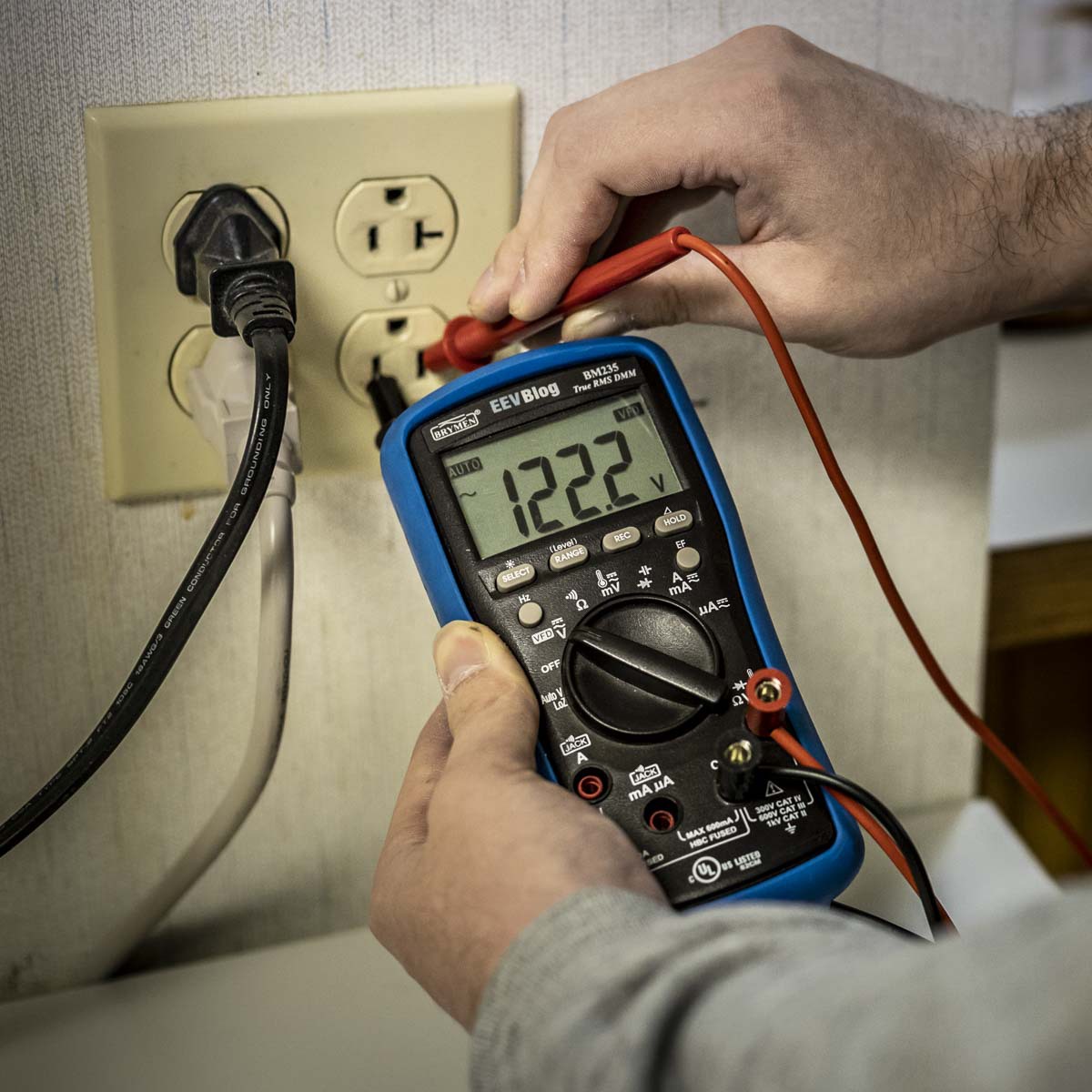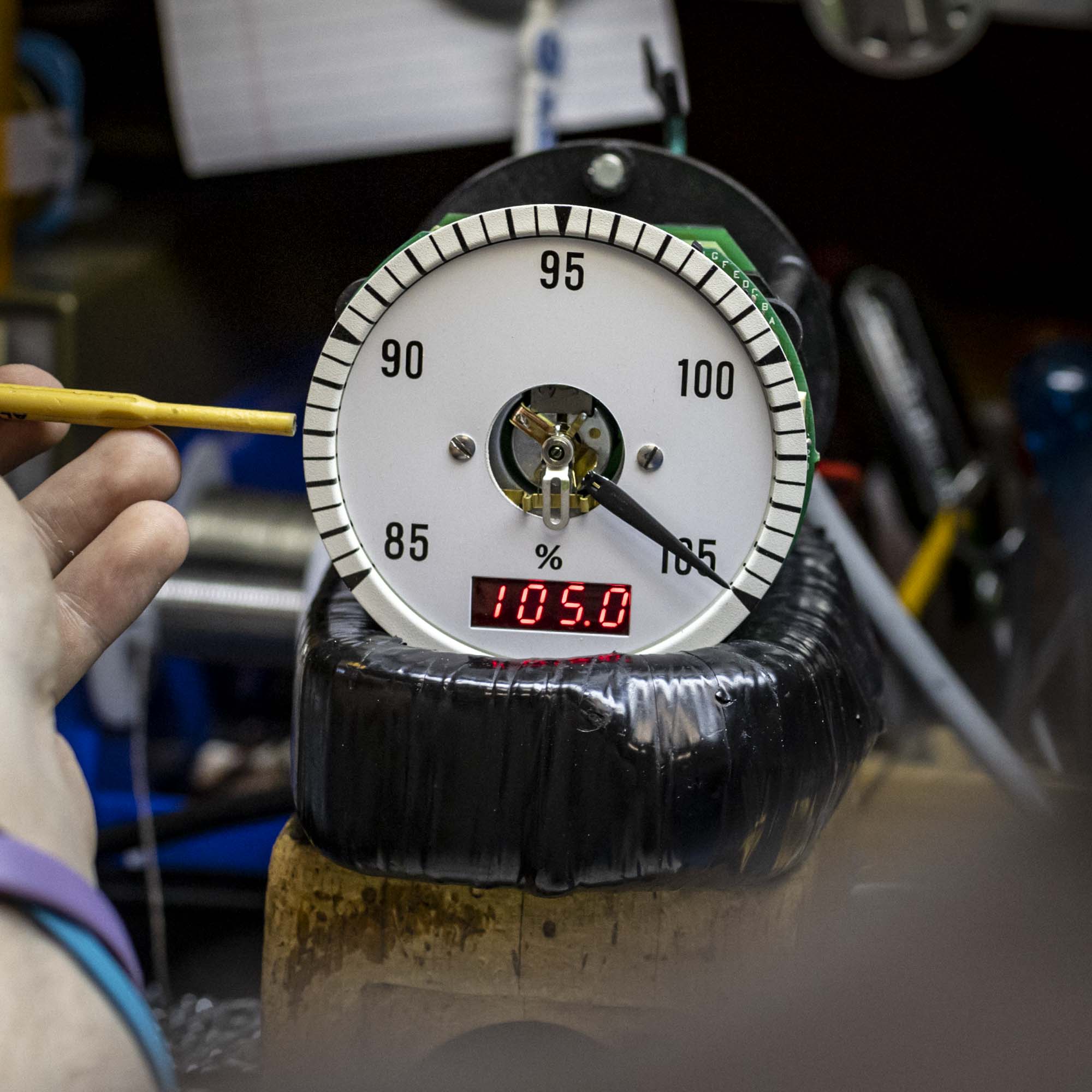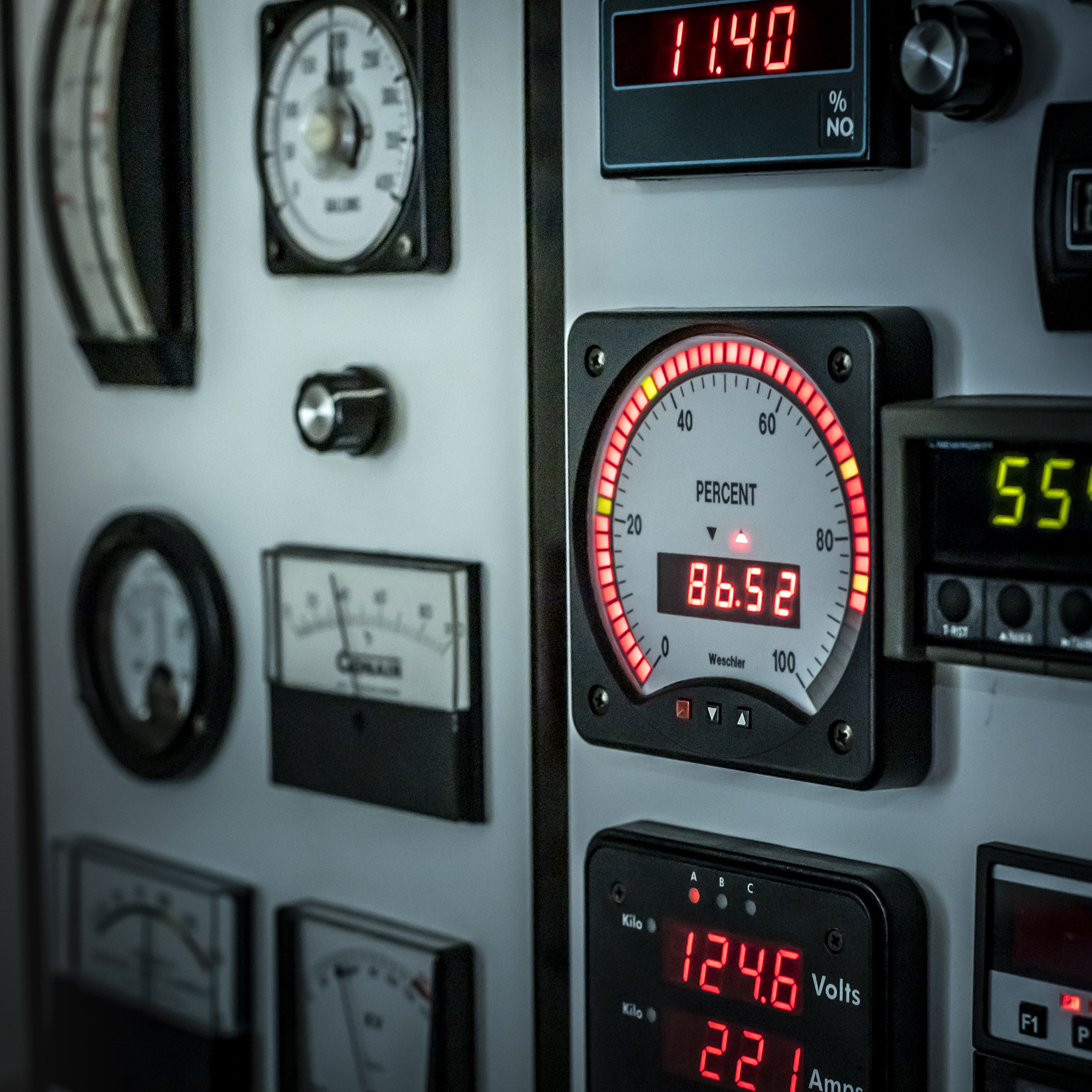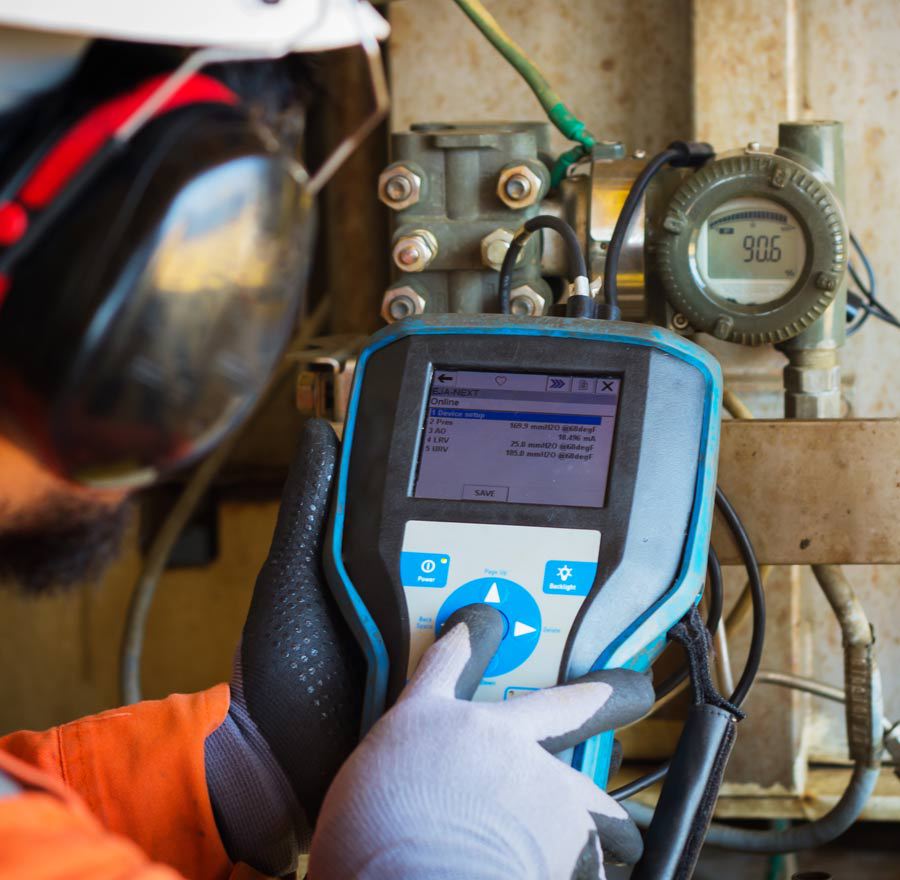Alternating current (ac) measurements involve more factors than direct current (dc) measurements. Let’s look at how some of these affect the measurement. We’ll focus on signals with a fundamental frequency below 1kHz. This is where digital multimeters and panel meters are typically used. Higher fundamental frequencies require instrumentation with wider bandwidth, (more...)





